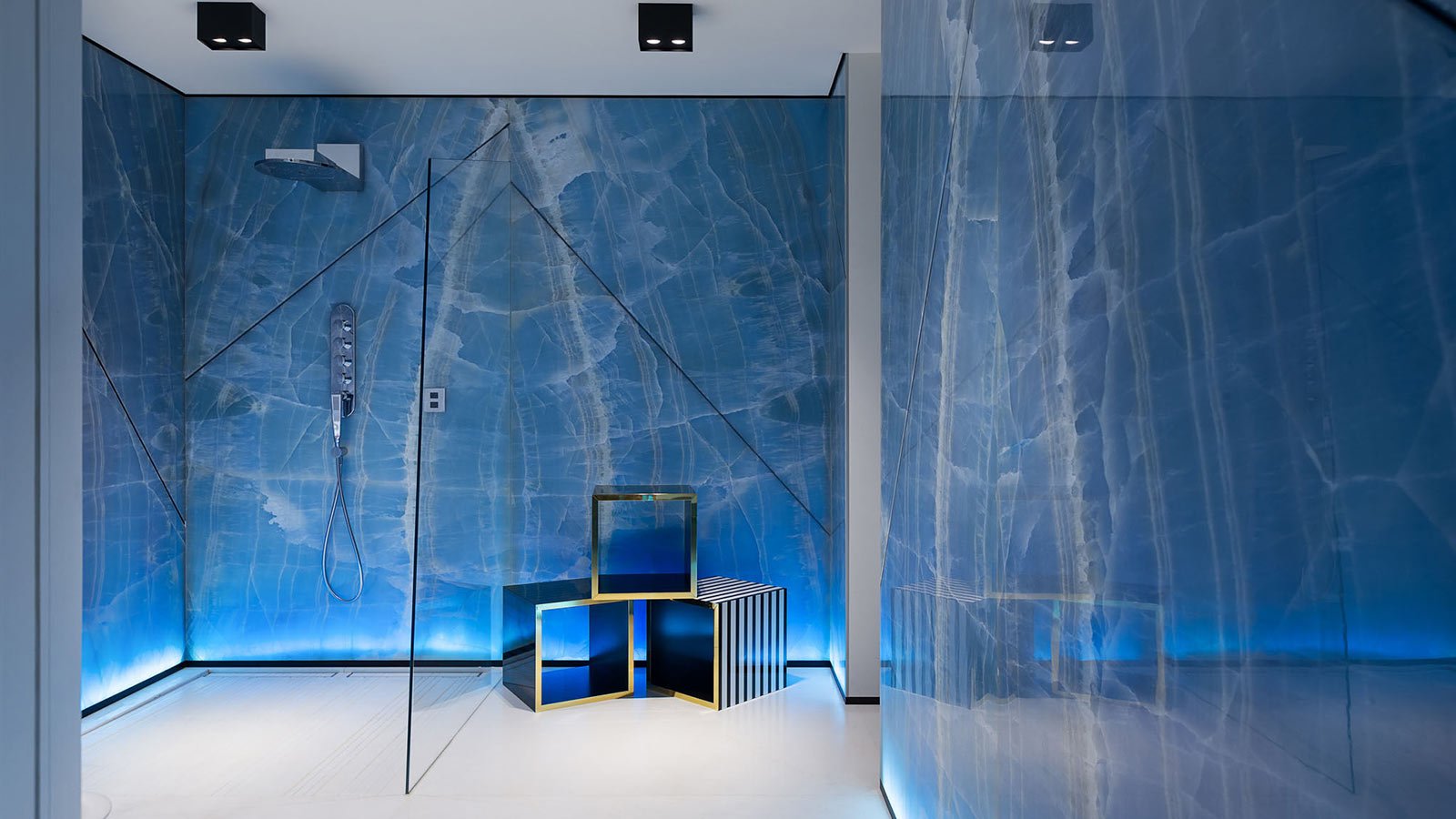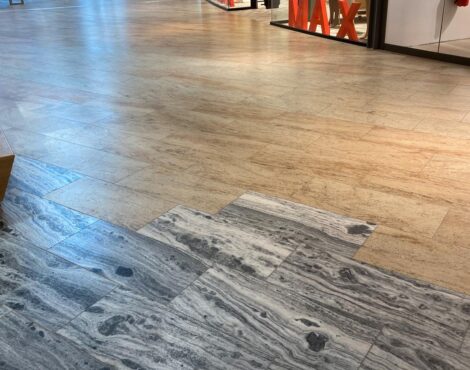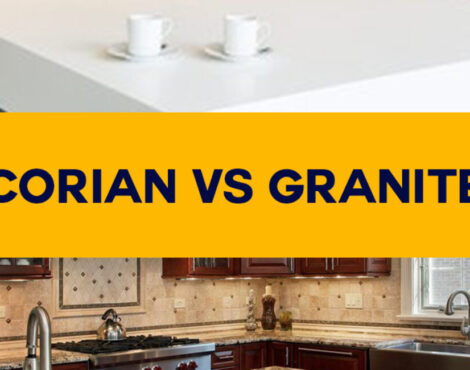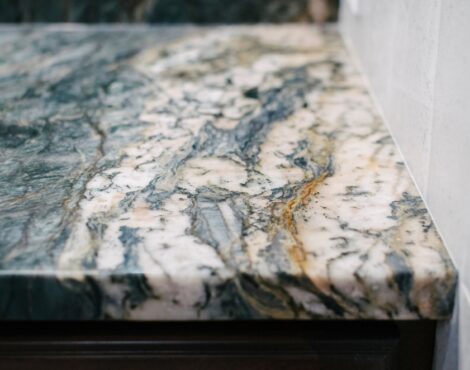In the realm of architectural design, one material has emerged as a beacon of innovation—Translucent Stone Slabs. Imagine a place where the walls give off a soft, appealing glow that changes a normal room into something special. With Translucent Stone Slabs, this beautiful change is not just a dream, but a real thing. You can add a touch of magic to everyday things by lighting these uncommon stone slabs from behind.
In this journey, we will explore Translucent Stone Slabs. We will learn about their special features, their different uses, and how they make buildings look magical.
What Factors Contribute To The Translucency Of Certain Stones?
The translucency of stones is primarily influenced by their mineral composition, crystal structure, and optical properties. Stones like onyx, alabaster, and certain types of marble possess a more open and porous structure, allowing light to penetrate and create a translucent effect. The presence of minerals with specific optical qualities, along with factors like color, impurities, and the stone’s formation process, contributes to its translucency. Additionally, stones with a crystalline structure that enables internal reflections or the scattering of light, such as onyx, may exhibit enhanced translucency. Backlighting techniques further accentuate the natural beauty of translucent stones, allowing them to showcase their unique patterns and colors when illuminated from behind. In contrast, stones with denser and more opaque structures, lacking these specific attributes, do not achieve translucency.
Different varieties of translucent stones might differ in their degree of translucency or transparency. The density, structure, and mineral makeup of each type of stone vary, which affects how much light can travel through. Certain transparent stones, such as alabaster and onyx, are renowned for having a high translucency, which lets a lot of light through and produces a vivid glow. Conversely, stones with less translucency than onyx or alabaster include marble and quartzite.
The thickness of the stone slab has an impact on the degree of translucency as well. In general, lighter slabs let in more light, which intensifies the translucency effect. When choosing a particular type of translucent stone for a given application, designers and architects frequently take these variations in translucency levels into account in order to produce the required visual impact.
Understanding Translucent Stone Slabs
Translucent stone slabs possess distinctive characteristics that set them apart in architectural and design contexts. Here are key features of translucent stone slabs:
-
Light Transmission: The primary characteristic is their ability to transmit light, creating a unique visual effect when backlit. This quality adds a luminous and ethereal quality to the stone.
-
Material Variety: Translucent stone slabs are crafted from a variety of natural stones, such as onyx, alabaster, and marble. Each material contributes its own color variations and veining patterns.
-
Color Play: When illuminated, these slabs exhibit a captivating play of colors, emphasizing the natural variations within the stone. This dynamic color display can be customized based on the type of stone and lighting used.
-
Texture and Grain: The inherent texture and grain of the natural stone are preserved, contributing to the overall aesthetics. The translucency enhances the visibility of these natural characteristics.
-
Versatility: Translucent stone slabs are versatile in their applications, suitable for a range of interior and exterior design elements, including feature walls, countertops, and lighting fixtures.
-
Thickness Options: They are available in various thicknesses, allowing for flexibility in design and application. Thinner slabs may be more suitable for certain uses, while thicker slabs provide depth.
-
Customizable Lighting: The effect of translucency can be adjusted through customizable lighting options. Different intensities and colors of light can be used to achieve the desired ambiance.
-
Natural Beauty: Retaining the natural beauty of the stone, translucent slabs offer a harmonious blend of organic elegance and modern functionality.
Understanding these characteristics allows designers and architects to leverage the unique qualities of translucent stone slabs in creating visually stunning and atmospheric spaces.
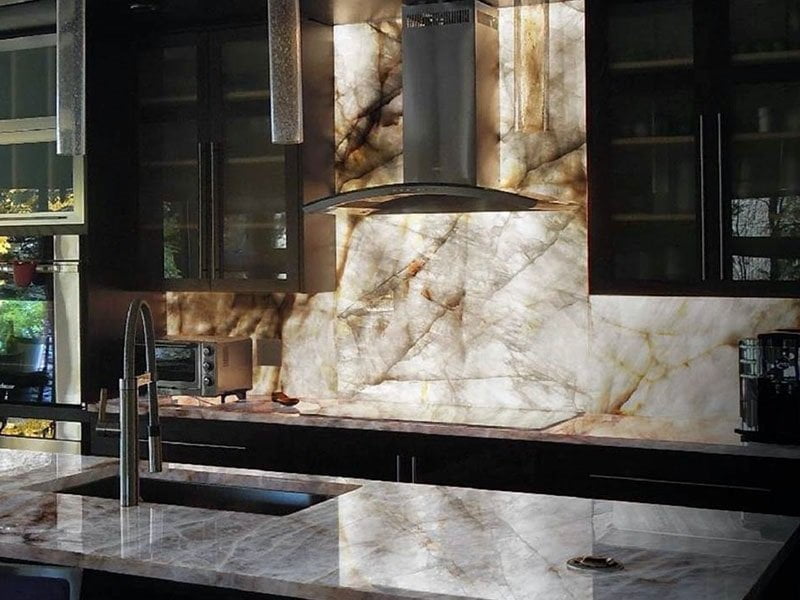
Different Types of Translucent Stone Slabs
Various types of translucent stone slabs are available, each distinguished by its unique mineral composition, color variations, and visual effects when backlit. Here are some popular types:
-
Onyx Slabs
Onyx Slabs are a great example of how transparency and beauty come together. Onyx slabs are beautiful when lit up from behind, creating a glowing effect in rooms.
-
Alabaster Slabs
Alabaster Slabs are smooth and let light through, making rooms feel calm and bright. These slabs are often used in fancy lights, glowing panels, and even detailed sculptures, making interiors look more elegant.
-
Quartzite Slabs
Quartzite Translucent Slabs combine the beauty of see-through qualities with the strong durability of natural stone. These tiles can be used for many different things, like covering the outside of a building or creating beautiful decorations that sparkle in the light.
-
Marble Slabs
Marble, a type of natural stone, can become see-through when it is cut into thin pieces. Some marbles, such as Calacatta and Carrara, have a unique pattern of lines that can be seen more clearly when light shines through them from behind. You can create beautiful and functional vanity tops, shower enclosures, and accent walls using this technique.
-
Agate Slabs
Agate is a type of stone that has pretty patterns and can be see-through or not. It is translucent because of its microcrystalline structure, which allows light to pass through.
-
Quartz Slabs
Certain types of quartz, like rose quartz and smoky quartz, may look somewhat see-through due to impurities or inclusions.
-
Translucent Granite Slabs
There are only a few granites that are only semi-translucent in nature.
When choosing a type of translucent stone slab, considerations such as color preference, desired level of translucency, and the intended application play a crucial role in achieving the desired aesthetic in architectural and design projects.
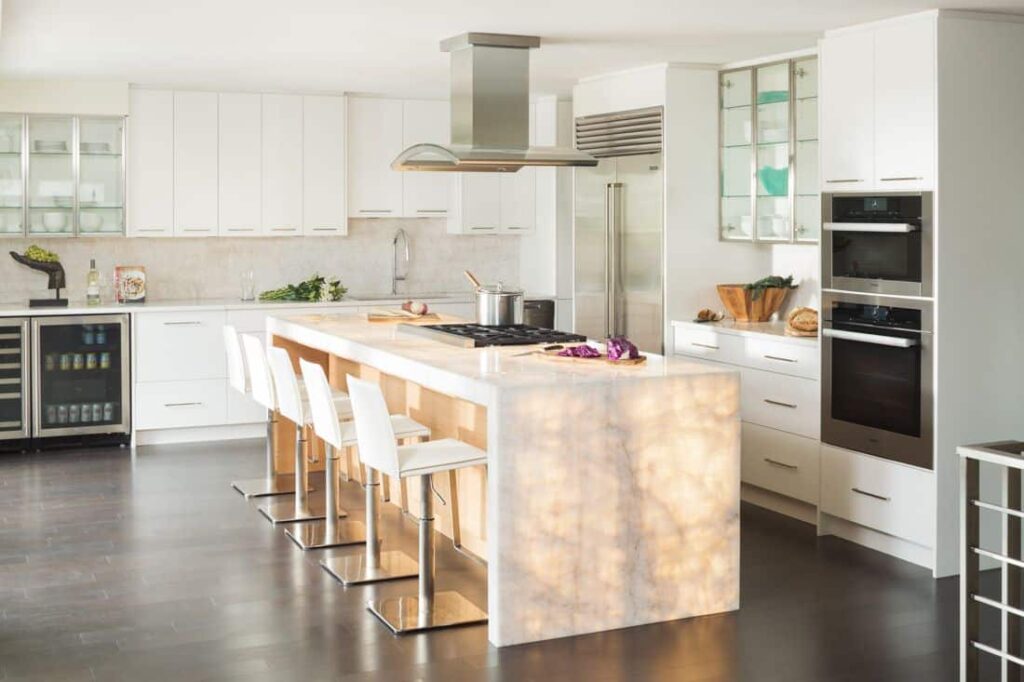
Applications of Translucent Stone Slabs
Translucent stone slabs find diverse applications in architectural and interior design, adding a touch of elegance and sophistication to various spaces. Here are common applications of translucent stone slabs:
-
Feature Walls
Translucent stone slabs are often used to create captivating feature walls. When backlit, they transform ordinary walls into focal points, providing a dynamic and visually appealing backdrop.
-
Translucent Countertops
Architects and designers really like using backlit stone slabs on countertops because they look unique and plus. These slabs make kitchens and bathrooms look shiny and fancy, making daily tasks feel more luxurious and enjoyable. The soft glow they emit enhances the overall ambiance of these spaces.
-
Bar Tops and Entertainment Area
Bars and entertainment areas benefit from the use of translucent stone slabs for their bar tops. The play of light adds a touch of glamour to the setting.
-
Staircase Balustrades
Incorporating translucent stone slabs into staircase balustrades lends a modern and luxurious look. The translucency enhances the visual interest of the stairwell.
-
Reception Desks
In commercial spaces, reception desks made from translucent stone slabs make a bold statement. The gentle glow creates a welcoming and sophisticated environment.
Appearance of Translucent Stone Slabs Without Backlighting
When translucent stone slabs are not backlit, they generally appear more opaque, resembling traditional solid stone surfaces. The inherent translucency of these stones becomes less noticeable without a light source positioned behind them. Instead of showcasing the vibrant glow and intricate patterns that backlighting reveals, the stone’s natural colors and veining are visible but may lack the luminous quality observed when light passes through.
Conclusion
In simple terms, translucent stone slabs are like the star performer in a beautiful symphony of architecture. They create a stunning display of light and beauty. They have a special talent for making spaces look magical with soft light while still keeping the natural beauty of the stone. That’s why they are a timeless choice. Architects, designers, and people who love design are always finding new ways to combine art and nature. These slabs are a great example of that.
Stone Galleria
We offer more than just materials – we provide a partnership founded on reliability and responsiveness. Stone Galleria recognizes the distinctive requirements of commercial enterprises and is committed to delivering dependable and cost-effective supply chain management.
As a leading manufacturer, supplier, and exporter of Granite, Sandstone, and Quartzite, we tailor our products to your specifications, including dimensions, thickness, and various finishes.
Embark on the journey to enhance your operations by requesting a free quote today. Complete our inquiry form, and we will promptly respond to your needs.
Knowledgeable – Reliable – Responsive

